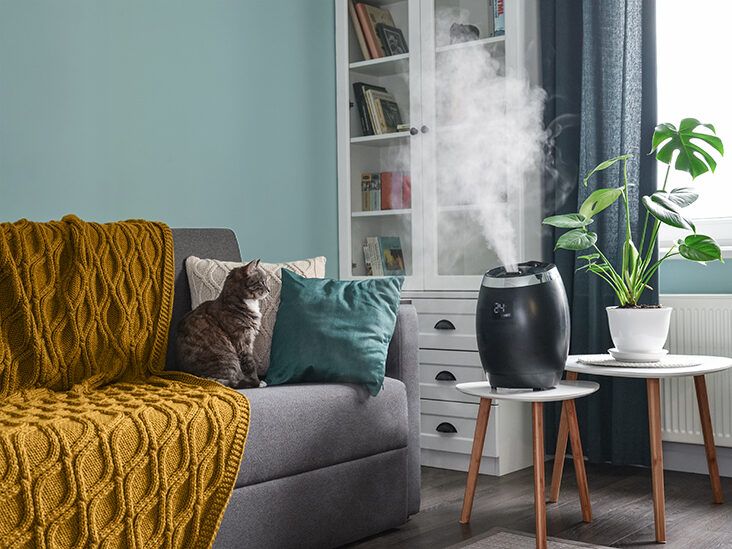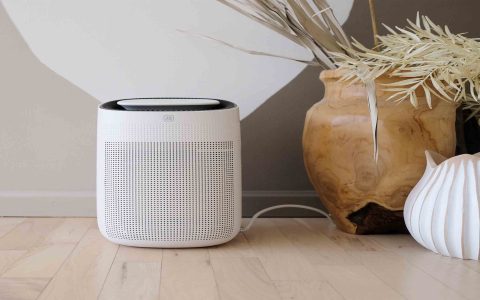Effective Ways to Increase Room Humidity
Maintaining optimal indoor humidity is important for comfort and health. Dry air can cause discomfort such as dry skin, irritated sinuses, and static electricity. Here are several professional methods to effectively add moisture to a room.
1. Utilize a Humidifier
Humidifiers are dedicated appliances designed to release controlled amounts of moisture into the air. Several types are available:

- Cool Mist Humidifiers: These include ultrasonic types, which use high-frequency vibrations to create a fine mist, and evaporative types, which use a fan to blow air through a wet wick or filter. They are generally considered safer for homes with children as they do not involve hot water.
- Warm Mist Humidifiers (Steam Vaporizers): These units boil water to produce steam. The warm mist can be soothing, particularly for coughs and colds, but caution is necessary due to the hot water and steam.
Regular cleaning and maintenance of any humidifier are crucial to prevent the growth and dispersal of mold or bacteria into the air.
2. Natural Evaporation Techniques
You can increase humidity using simple methods that leverage natural evaporation:
- Bowls of Water: Place open containers filled with water in various locations, especially near heat sources like radiators (ensure safe placement) or in sunny spots, to encourage gentle evaporation.
- Indoor Laundry Drying: Hang wet clothes on an indoor drying rack. As the clothes dry, the water evaporates, adding moisture to the surrounding air.
- Houseplants: Plants release moisture into the atmosphere through a process called transpiration. Grouping several plants together can create a more humid microenvironment. Species such as Boston ferns, spider plants, and peace lilies are particularly effective.
- Post-Shower Steam: After taking a hot shower or bath, leave the bathroom door open for a while. The steam and moisture will naturally disperse into adjacent rooms.
3. Kitchen-Based Humidification
Your kitchen activities can also contribute to room humidity:

- Simmer Water on the Stove: Gently simmering a pot of water on the stovetop releases steam. Ensure the pot does not boil dry and always monitor it. Adding aromatic elements like citrus peels or cinnamon sticks can also provide a pleasant scent.
- Cooking Processes: Regular cooking, especially methods like boiling pasta, steaming vegetables, or making soups, naturally introduces moisture into the air.
4. Other Simple Solutions
- Indoor Fountains: Small, decorative tabletop or floor fountains can add a subtle amount of moisture to the air through continuous water circulation and evaporation, while also providing a relaxing ambiance.
- Spray Misting: Periodically misting the air with a fine spray bottle filled with clean water can offer temporary relief from dryness, especially in smaller spaces or for houseplants.
Important Considerations: While adding moisture is beneficial, it's important to avoid over-humidification. Excessively high humidity levels (typically above 50-60%) can promote the growth of mold, mildew, and dust mites. It is advisable to use a hygrometer to monitor the relative humidity in your room, aiming for a comfortable and healthy range, generally between 30% and 50%.










